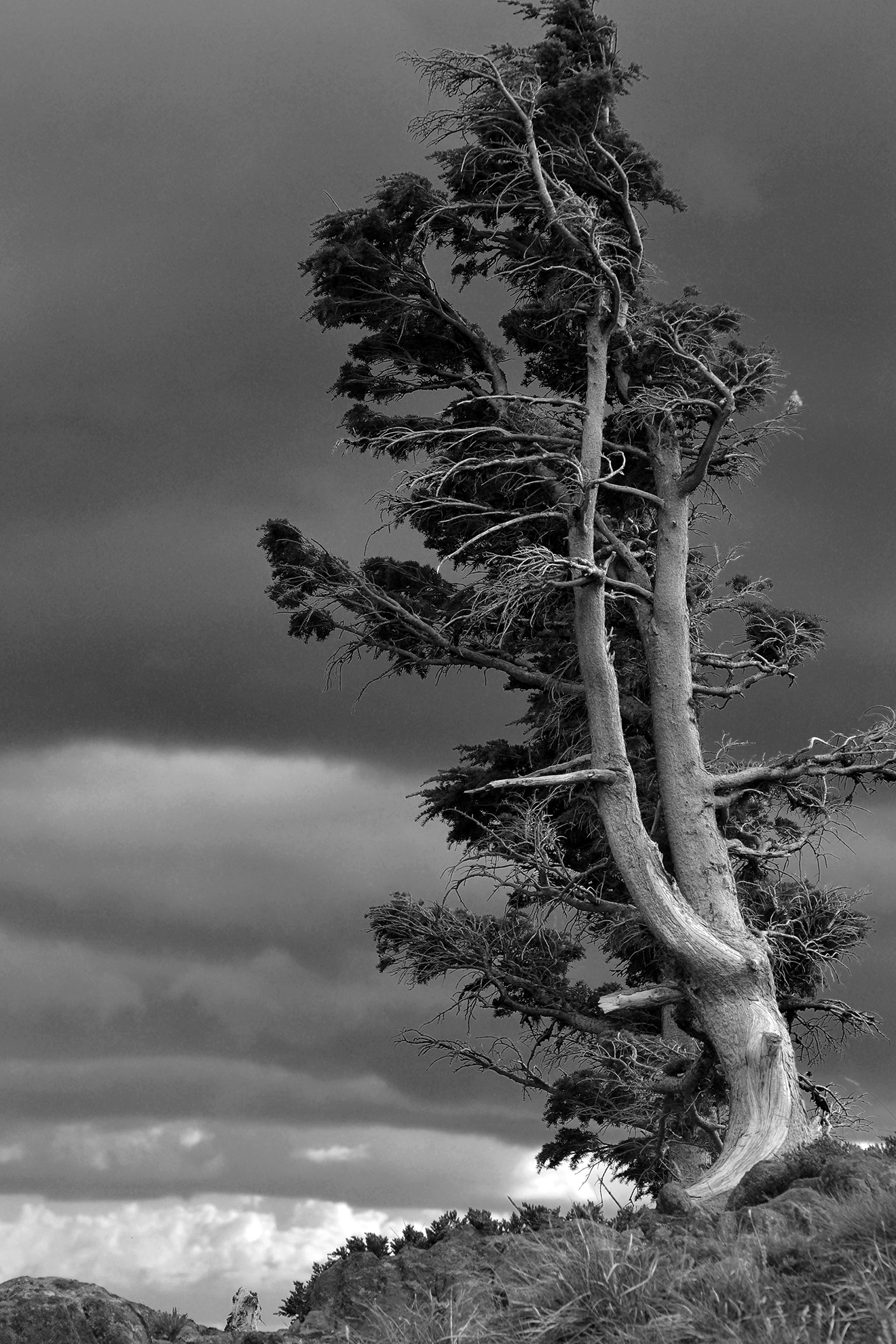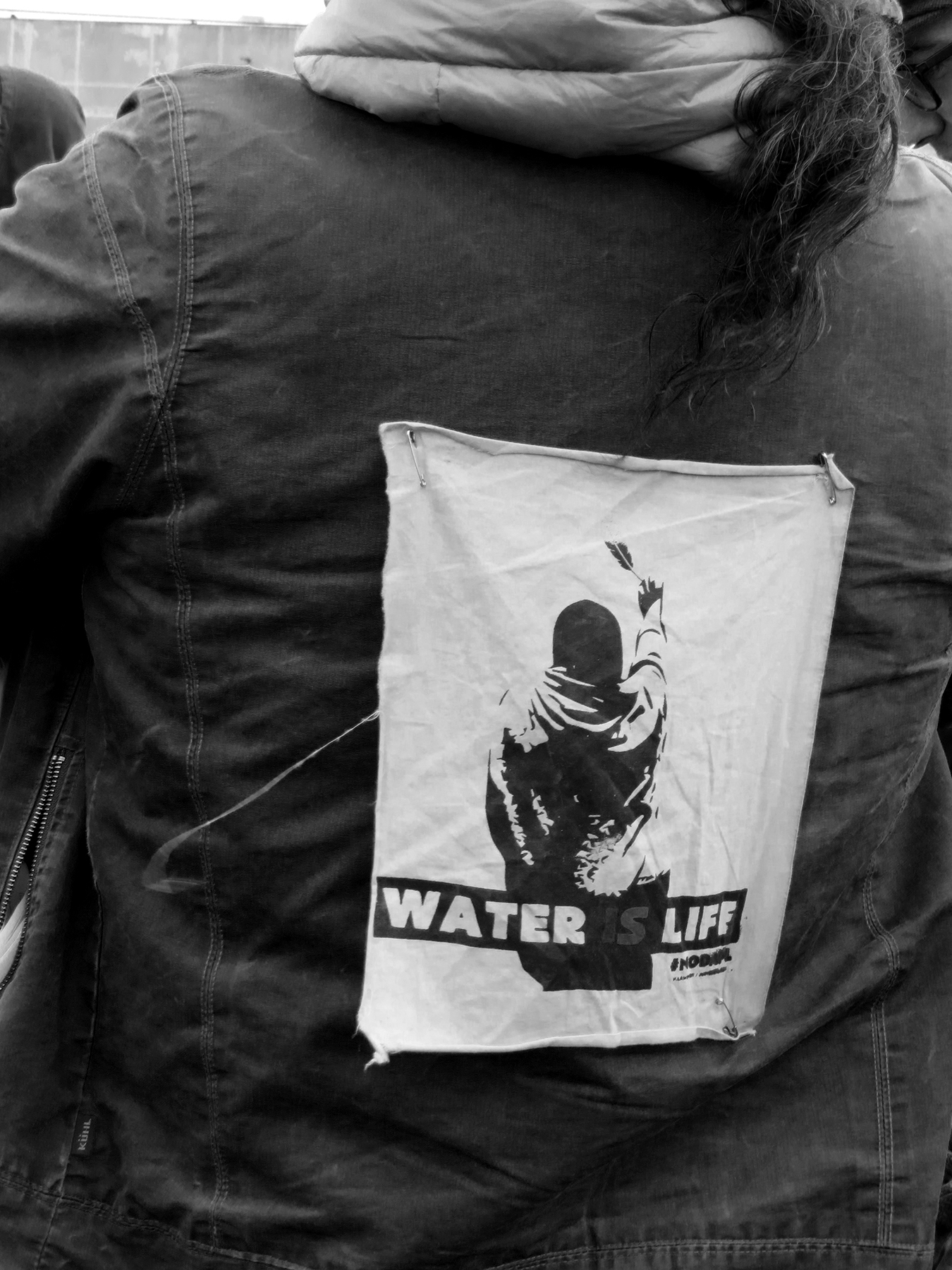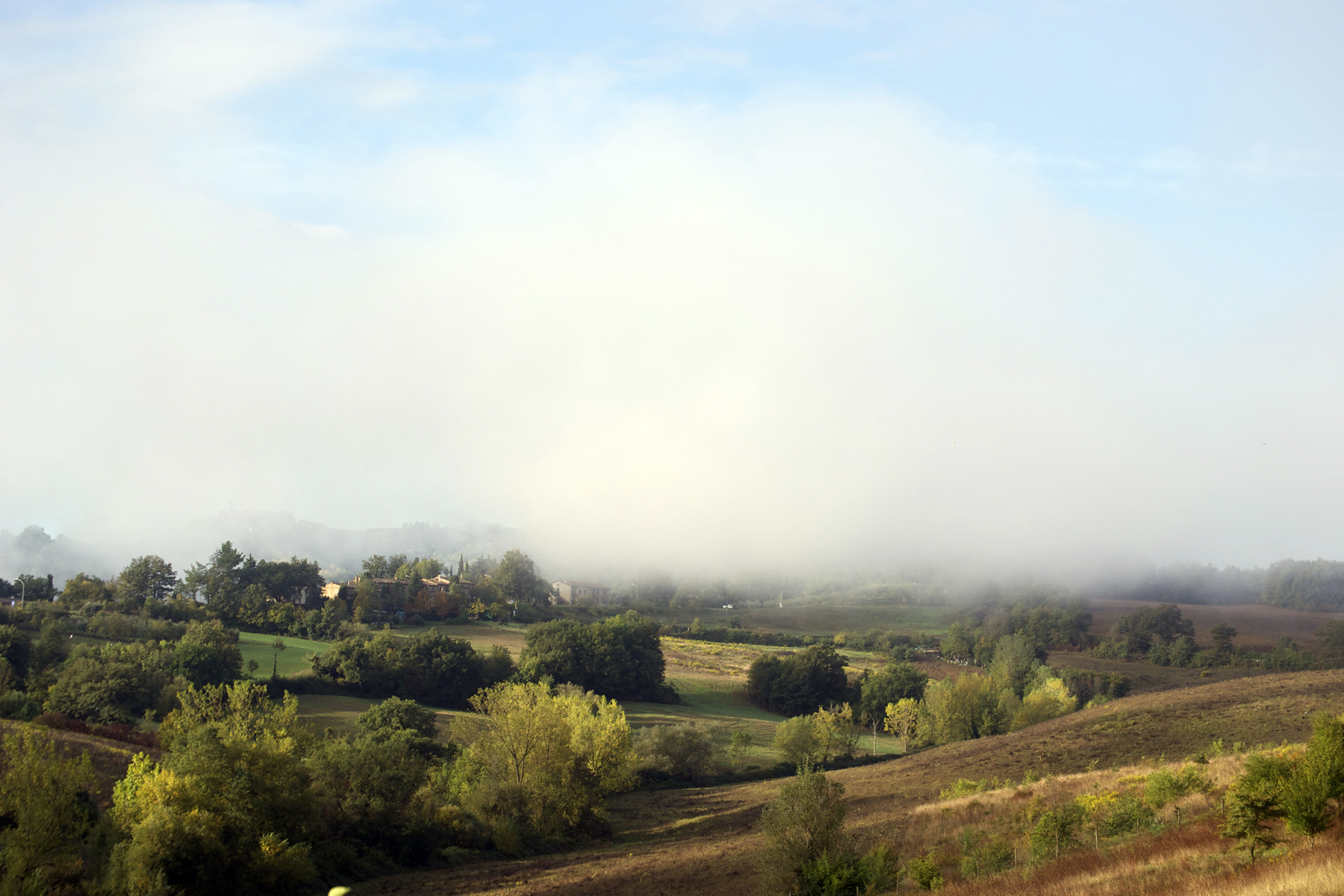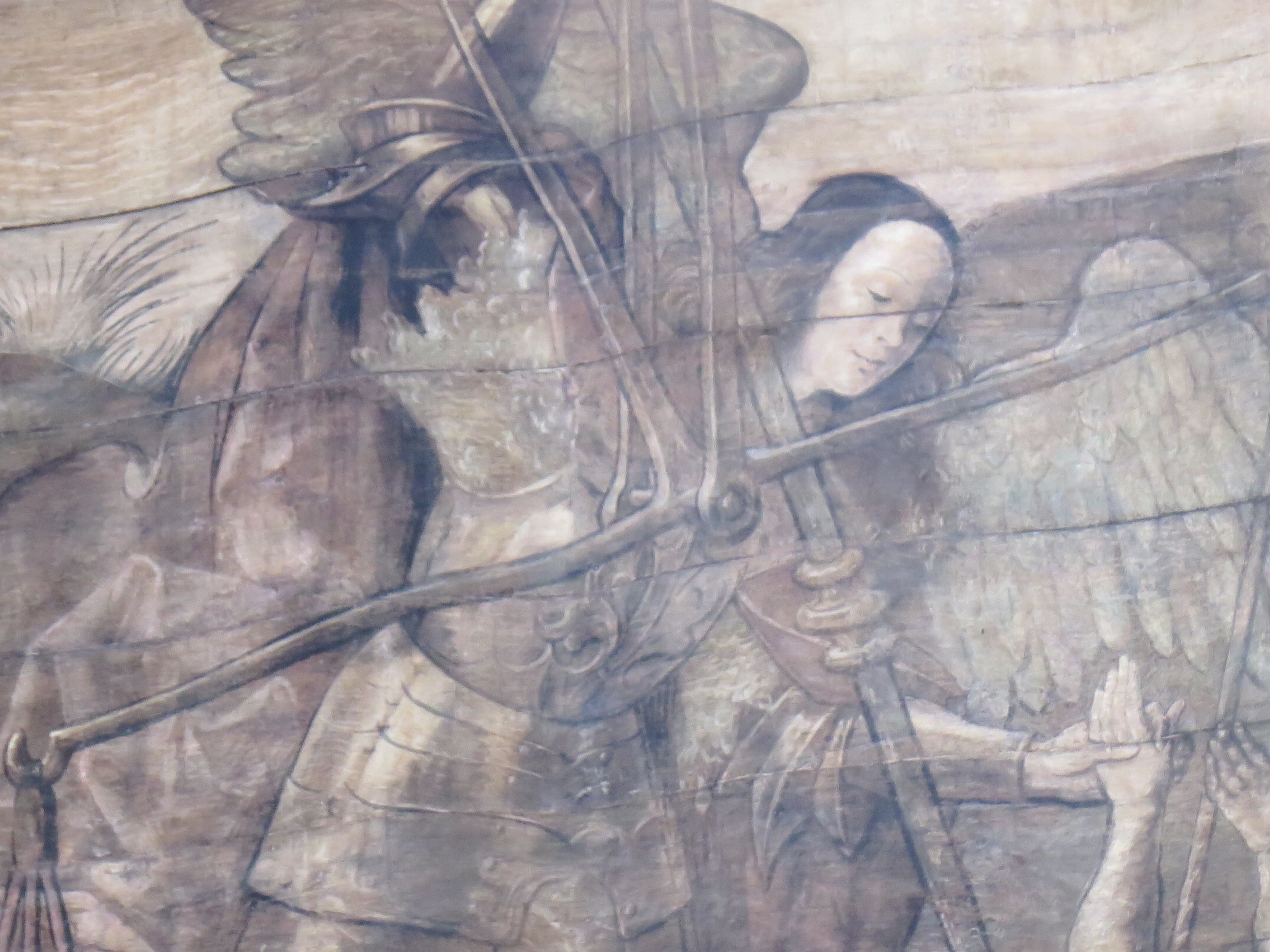“Deliver my soul from the sword; my darling from the power of the dog. Save me from the lion’s mouth: for thou hast heard me from the horns of the unicorns.” Psalm 22:20-21
If you want to see The Power of the Dog, Jane Campion’s newest film now playing on Netflix, without prejudice, hints or spoilers, stop reading right here. Peruse this screamingly funny review of Christmas Movies instead, and come back to the blog once you have been seduced by Campion’s latest.
—————————————————————————————————————-
Full disclosure, I used to be an avid Jane Campion fan. The director and screen writer, who earned degrees in anthropology and sculpture in addition to one in film studies, has always struck me as the perfect mix of intellectual powerhouse and visual artist who knows how to use space, color, atmospherics in ways that doubled and tripled the impact of her already intense plot lines. The Piano and more recently the 2 part series Top of the Lake count among my favorites, for visual magic as much as feminist approaches to the conflicted states women experience when they try to free themselves from patriarchal violence and restrictions.
I also watched a lot of Westerns. The strange, far away America came to the German TV screens, still black and white in the 1960s, with visions of John Wayne’s law and order and the Cartwright family in Bonanza (I almost choked on my coffee when I read the Wikipedia description that the show was “known for presenting pressing moral dilemmas.” The only dilemma I encountered was when we 12-year-old girls fought over who had first dibs on Little Joe…)

In the 70s I was drawn into Spaghetti Westerns. I used to watch them late at night in a small, smoke-filled movie house in a suburb of Hamburg, together with like-minded students who were exploring socialist politics and enchanted with the Westerns’ subversion of the American genre’s archetypes and the films’ revolutionary messages, particularly in the Zapata movies. These parables using the Mexican Civil War at the turn of the century as a vehicle for left-wing optimism and dreams fit right into the late 60s, early 70s in Europe when we had a lot of hope for change. As did Ennio Morricone’s film music, a constant on the turntable.
Many decades later, I saw Brokeback Mountain in the movie theatre (which I rarely went to, always worried that exposure to a large screen would emotionally overwhelm me – I like my films on a computer screen that helps me modulate my reactions.) And I am not averse to filling sleepless hours with unassuming commercial fare like Longmire. There, I admitted it.

And now comes The Power of the Dog, a Western by Jane Campion. Stellar acting, brilliant camera work, a languid story told in chapters, almost like a dream that slowly, unstoppably, turns into a nightmare. Think psycho-drama against a backdrop of the Rocky Mountains, with every Jungian archetype conceivable and clever symbolism to boot, gloves, ropes, scissors, traps and ominous landscapes included. Then share my surprise when myth-buster Campion, champion of strong, self-determined women, falls right back into depictions that are conventional female stereotypes, while focusing on the complicated, tortured souls of men. The only woman who lets her hair hang down, is one who is dead – miraculously growing golden locks in her coffin, or so it is reported, as if Rapunzel meets Snow White, no further prince needed.) There is an insensitivity to women who are depicted as violated or objectified that felt jarring, going against expectations set by Campion’s previous oeuvre.

The basic story describes the fate of four people. Two adult brothers own a successful ranch in Colorado in the early 1900s. One is a Yale-educated classicist who is the quintessential Western cowboy, toxic masculinity and all. The other is a reserved, politically aspiring businessman, who might soon climb into the ranks of robber barons or state politicians. Their shared bedroom is emptied, when the business man, George (Jesse Plemmons,) decides to marry a widow with a teenage son. Phil (Benedict Cumberbatch) is aghast at the change in the household and does everything he can to taunt and torture the newcomers, deemed gold digger and weakling, respectively.
Rose (Kirsten Dunst), who was a perfectly competent restaurant owner and former piano player in a movie pit, shrinks from the limelight she is thrown into when having to host important people. Moreover, she is deeply hurt and frightened by her brother-in-law’s meanness and slowly descends into serious alcohol abuse. Her husband hovers protectively when he’s there, although he seems to vanish increasingly from the scene the more the triangular tensions become apparent. Rose’s son Pete (Kodi Smit-McPhee) also does everything imaginable to protect his mother who lost her first husband, his father, when he committed suicide.

We soon learn that cowboy Phil was shaped by an intense relationship with his mentor, Bronco Henry, with likely homoerotic leanings, or at least unconscious desires. It is hard work for Phil to suppress his longings, particularly when he is surrounded by display of male beauty right out of Thomas Eakins’ or Henry Scott Tuke’s paintings.


The teenager discovers this and makes use of this knowledge when he meticulously and cautiously plans to get rid of the tormentor to ensure his mother’s happiness. Letting himself be taunted as a “faggot” and a “Nancy” by the ranch hands, he stirs something in Phil that leads him to envision a relationship like he had with his mentor, now roles reversed. He wants to toughen up the waif-like youngster, rope him in, projecting onto him the possibility of ending loneliness. We see Phil change in front of our very eyes from bullying macho to vulnerable loner exhausted from repressing his sexual inclinations.
The boy, on the other hand, so seemingly vulnerable, stiff and thin, with a glaring lack of detectable sensuality, turns out to be made of steel, something that his father had always feared. He kills wildlife without hesitation, does autopsies to learn about biology, systematically gets the necessary tools and ingredients to kill with impunity, and eventually claims his target. His overarching desire to help his mother is not matched by any insights into what she wants or fears, just driven by his own interests, including a medical career with access to decisions over life and death.
A key scene where he walks amidst catcalling cowboys to inspect a nest of magpies gives it pretty much away. The symbolism of magpies does not just include extreme intelligence and trickery, it also stands for self-awareness. Magpies are the only non-mammals that pass the mirror test, a way to assess if an animal has self-awareness. Pete knows who he is and what he wants, no conflict between his conscious and unconscious, so prevalent in the rest of them. Dressed always in the black and white of the (NZ) magpies, with a similarly elongated shape that we mistake for a scare crow, he is the master of everyone’s fate.

While we still cringe at his executioner’s demeanor that grants a last cigarette to the condemned, smoked in alternation by Pete and Phil like a post-coital ritual that was never enacted, we soon wonder why he peruses the biblical verse exclaimed by Christ himself during cruxifixction, calling for help from the Almighty. “Deliver me from the power of the dog,” the pull of Satan’s seduction, “save me from the lion’s mouth,” the threat to Rose’s happiness, he’s dealt with all of them like a higher power himself.

The film does not just employ the various tropes of Jungian psychology, the ideas of persona and shadow, of anima and animus, or the concept of contrasexuality that was quite progressive for its time. The idea that masculinity and femininity can be contained in one person, and not correspond to being male or female, is really the focus of the narrative set in a world that abhorred that concept.
C.G. Jung was also steeped in biblical knowledge – his father was clergy, his mother came from a long line of theologians – but saw the bible more as describing psychological processes rather than revealing G-d’s word. So ending the story with a verse that refers to a cry for help at the same time that that help was delivered (as evil act, no less) is really something of a horn of the unicorn, something mysterious, inexplicable, rare.
So is Campion’s wizardry when it come to dropping clues. If the film was a dream, an analyst would have a field day. Maybe the Jungian dream analyst Campion repeatedly visited during the film shoot would agree. The symbolisms sure made my brain work, while my eyes feasted. Now can we please go back and use the director’s considerable skill-set to model for us the empowering of women? Psalm 22 could be of continued usefulness to set the stage:
But I am a worm, and no man; a reproach of men, and despised of the people. Psalm 22:6

Here is an official review.
Here’s the soundtrack. Composed by (Radiohead’s) Johnny Greenwood, with clear echoes of his fascination with Krzysztof Penderecki. Beautiful music.Disquieting too, like so much in that film.
Photographs from the American West, although not Colorado, which I still haven’t seen, nor have I visited New Zealand where the film was shot.



























































































